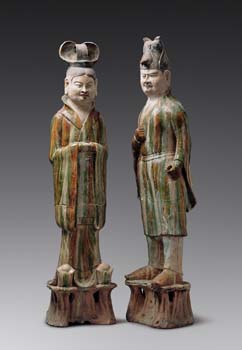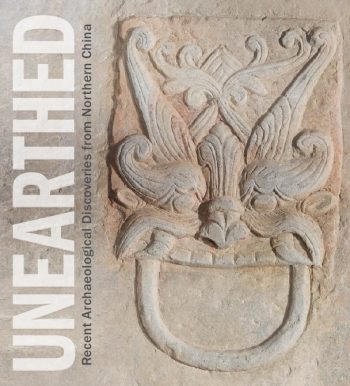
JUNE 16, 2012–OCTOBER 21, 2013
Chinese Identity
By the Han dynasty (206 BCE–220 CE), notions of what it meant to be Chinese were well established. One could become Chinese through the acquisition of certain political and cultural practices rather than solely through one’s ethnic origins; in time, “Han” came to mean “Chinese” and all others were “not Han.” Following the collapse of the Han dynasty, from the fourth to the seventh century, China was divided between north and south, and traditional Han values were challenged by the influences of Buddhism, nomadic conquerors, and foreign merchants. Nevertheless, established governmental organization, social traditions, and views of the afterlife proved tenacious. With the reunification of China and the founding of the Tang dynasty (618–907 CE), China’s second great empire, the cultural and regional diversity that had enormously enriched traditional Chinese art was permanently incorporated into a national style that endured for centuries.




